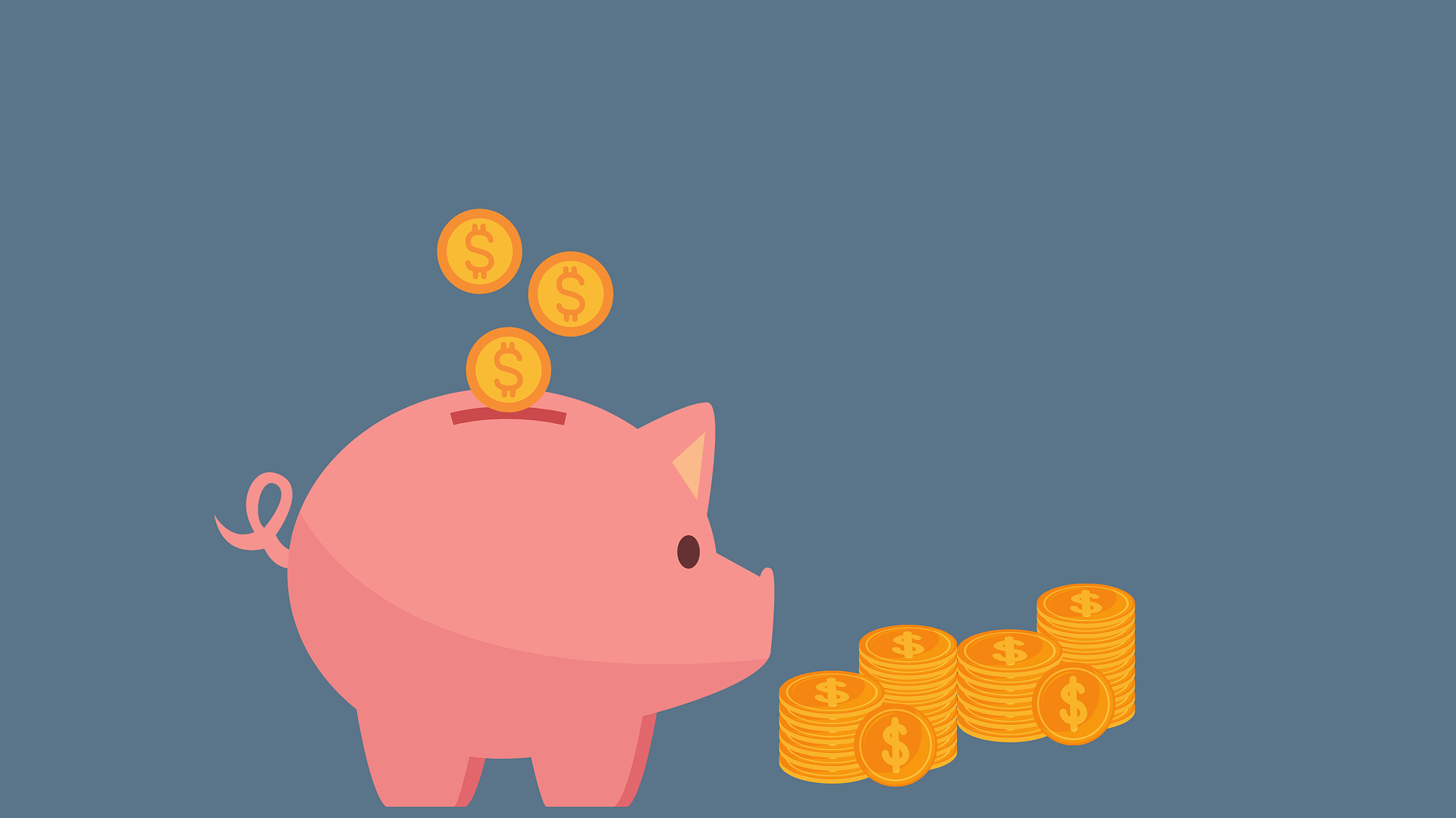It might be difficult to save money, particularly when bills, expenses, and unforeseen charges take precedence. The “Pay Yourself First” approach, on the other hand, guarantees that saving will become a fixed and unavoidable component of your budget. You can attain long-term financial objectives, lower stress levels, and increase financial security by putting savings ahead of expenditures.

What Does “Pay Yourself First” Mean?
A financial approach known as “Pay Yourself First” entails allocating a percentage of your income to investments and savings before making any other purchases. You set savings as your top priority and modify your budget appropriately, rather than saving what’s left over after expenses.
Benefits of Paying Yourself First
- Ensures Consistent Savings: Helps build wealth over time.
- Reduces Financial Stress: Having savings provides security and peace of mind.
- Prepares You for Emergencies: Creates a financial cushion for unexpected expenses.
- Helps Reach Long-Term Goals: Supports retirement, home buying, and financial independence.
- Encourages Smart Spending: Forces you to budget based on what’s left after saving.
How to Automate Savings Effectively
1. Determine Your Savings Goal
- Establish a specific objective, such as saving for a down payment on a home, investing for retirement, or creating an emergency fund.
- Apply the 50/30/20 rule, which states that you should set aside at least 20% of your income for savings.
- Start small and gradually raise savings if 20% is too much.
2. Set Up Automatic Transfers
- Set up automatic transfers to a savings account from your paycheck.
- To divide your income between savings and checking, use direct deposit.
- To prevent spending initially, plan regular transfers for when you get paid.
3. Use High-Yield Savings Accounts
- To expand your money, put it in a high-interest savings account.
- To avoid the temptation to spend, don’t maintain savings in your checking account.
4. Contribute to Retirement Accounts Automatically
- Sign up for employer-sponsored IRA or 401(k) plans and set up automatic payments.
- If offered, take advantage of employer matching contributions.
- As your income rises, increase your contributions.
5. Save Windfalls and Bonuses
- Instead of spending tax refunds, work bonuses, and unforeseen money, put it toward savings.
- At least half of windfalls should be saved or invested.
6. Adjust Your Budget Around Savings
- Consider savings as an obligatory expense that needs to be covered.
- Reduce wasteful spending to make sure savings arrive first.
- Keep tabs on your expenditures and modify as necessary.
How Paying Yourself First Improves Your Financial Future
- Eliminates the Excuse of “No Money Left to Save”
- Creates a Habit of Financial Discipline
- Accelerates Wealth Building Through Compounding Interest
- Provides Financial Freedom and Flexibility
- Reduces Dependence on Credit and Loans During Emergencies
